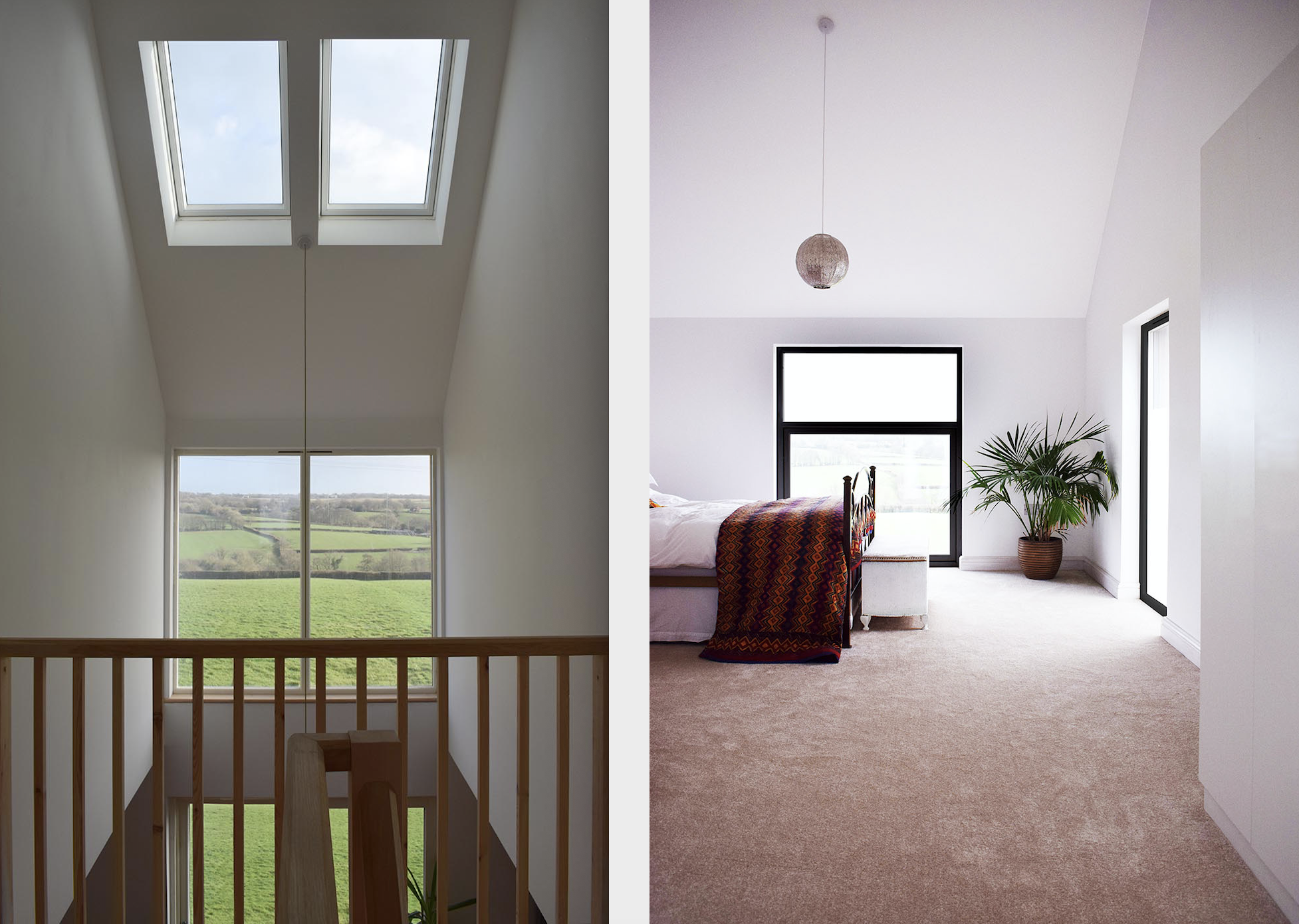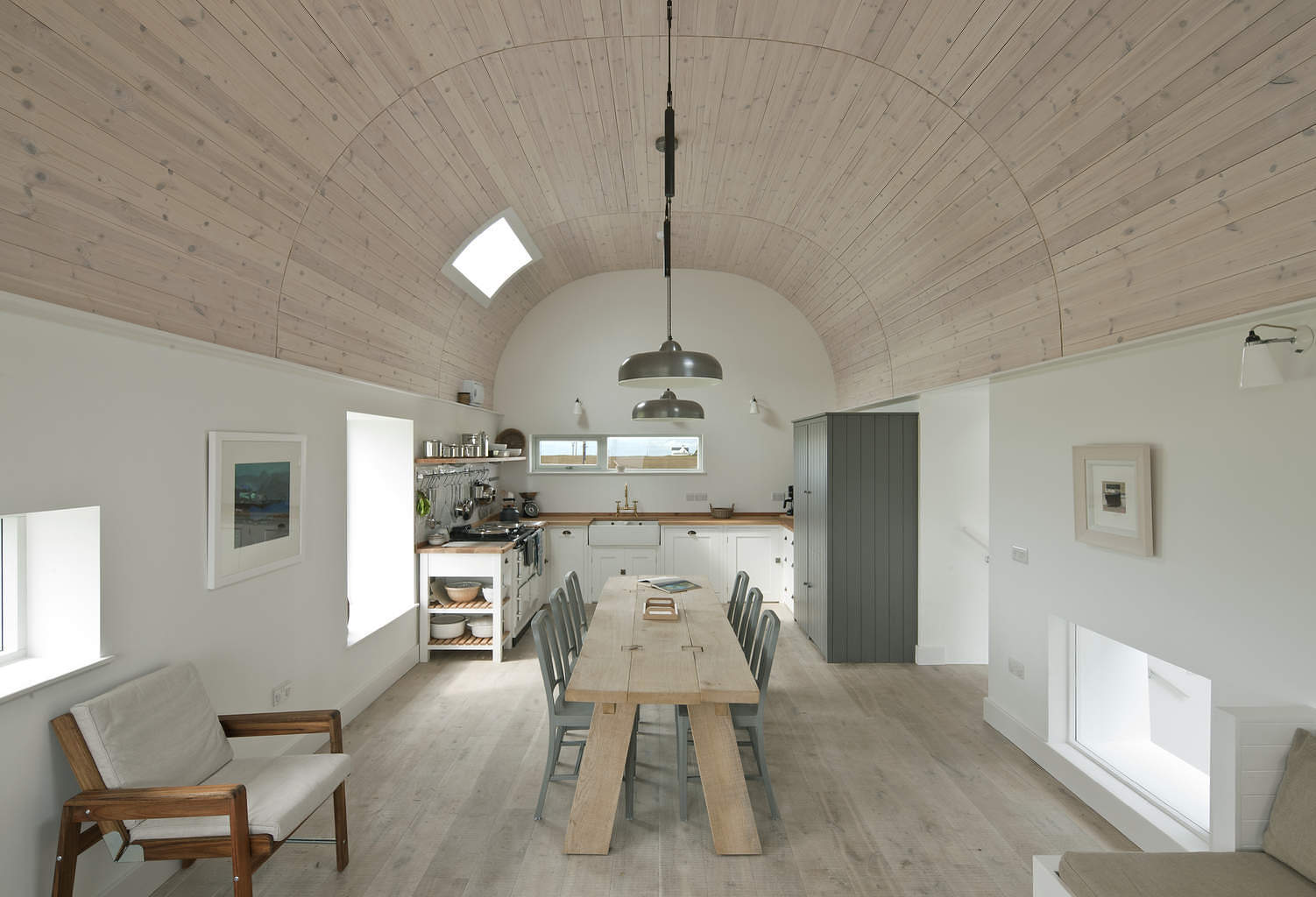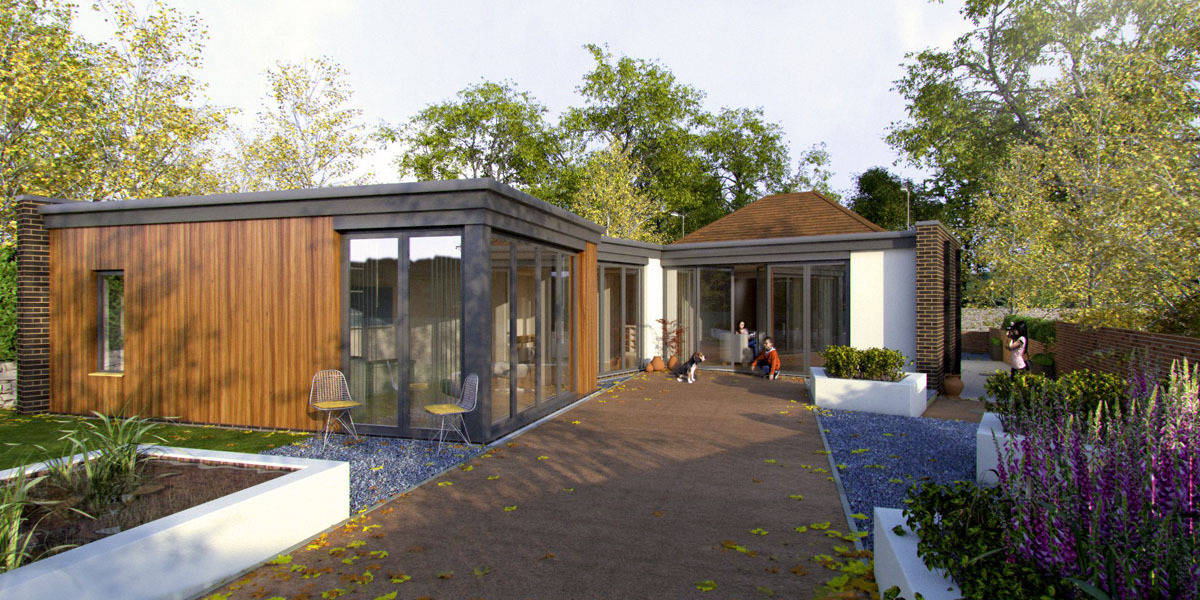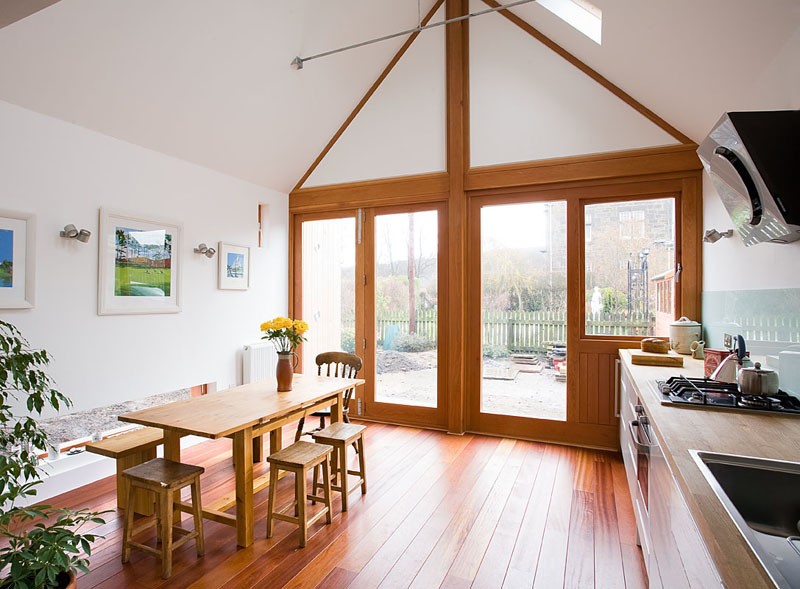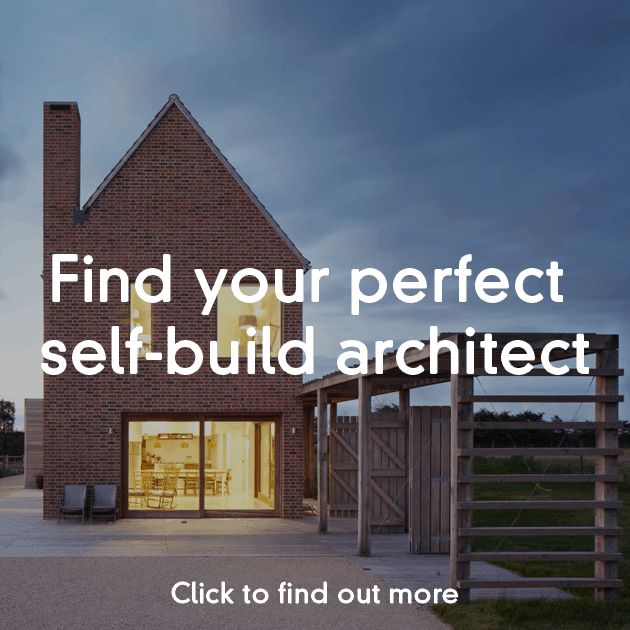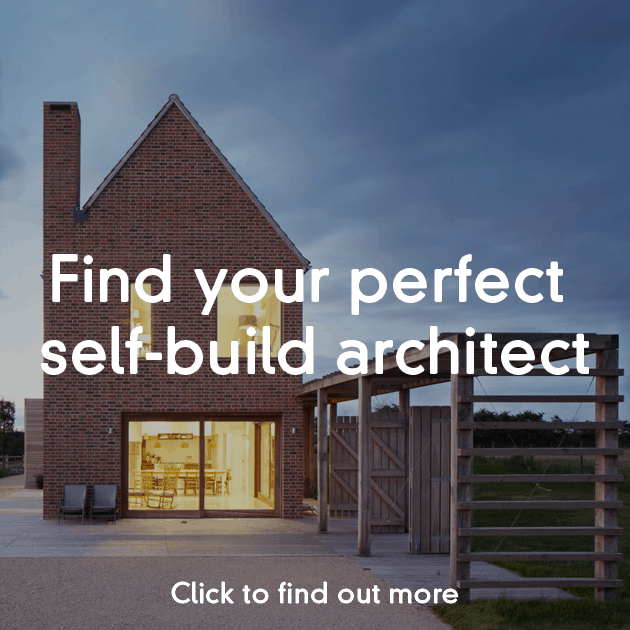Title image from Edward, architect from Tooting Bec, London. See his full profile and shortlist him for your project here.
Why Sustainable Design?
Planning your dream eco-home? We’ve put together a brief summary of the main eco-design principles to follow when designing your new home.
Most of us would agree that it is important to have energy-efficient households. It lowers the cost of monthly utilities and helps us reduce our ecological footprint in hopes of conserving precious resources. However, when it comes to renewable sources of electricity, it can be extremely costly. The Economist notes that, “In Britain electricity from wind farms costs twice as much as that from traditional sources; solar power is even more dear.” Rather than focus on renewable electricity sources, you can save money (and energy) by considering key sustainable principles early on in the design process of your home.
Images in this article from architects and designers on Designfor-Me.com. Click on them to see their full profiles…
Materials
Even before your new home becomes a fully functioning machine for you to live in – consuming energy and exhaling emissions – the building and design process can have a big impact on it’s carbon footprint. It’s ‘embodied energy‘ is made up of how much energy has been consumed in the making. Not just in the manufacture of certain materials, but how far they’ve travelled to get to your site. Choosing locally available, natural and replenish-able materials is a good starting point. However, there is often a balance to be struck between materials that have a low-embodied energy, and those that will perform well to preserve energy later on e.g. sheep wool vs high performance man-made insulation.
Click on the image to see this designer’s full profile and shortlist them for your project
Plot & Planning
First and foremost, sustainable design is all about positioning! Siting your home so that the sun will provide heat during the winter months will help reduce energy consumption as it gets colder outside. A passive solar house relies on the sun to provide energy and heat to the home naturally, and can be built when most of the glazing is facing to the south and the insulation is concentrated on the opposite side, facing north. If your plot is situated on a slope, it would be beneficial to consider siting the building with the north side being being built into the slope, so that the home is protected from various outdoor elements and the glazed areas on the south side can receive more sunlight. As it gets warmer, in order to prevent overheating, it is important to screen out sunlight through planting and shutters, as well as including a small roof overhang on the south side in the design of the home.
Click on the image to see this designer’s full profile and shortlist them for your project
Mitigating Heat Loss
In most homes, large sections of glass can cause significant heat loss at night. One way to overcome this issue is to utilise materials that can create large amounts of thermal mass to store heat. Some of these building materials include solid concrete, brick and other heavyweight materials. Also, a solid floor plan that includes tiles and a solid wall that faces to the south with an insulated house can retain significant amounts of energy at night.
Click on the image to see this designer’s full profile and shortlist them for your project
Layout of Individual Rooms
When determining the layout of the house, it is important to consider which rooms will require the most sunlight. Living areas will generally require the most natural light (and views!), and therefore should be located to the south side of the home, possibly adjacent to the garden. Individual bedrooms are the next priority where light from other orientations will be suitable. Finally bathrooms and utility rooms do not need as much sunlight and thus can be located in the darkest areas of the house.
Click on the image to see this designer’s full profile and shortlist them for your project
Passive Ventilation
A passive ventilation system can be installed to draw damp air out through ducts and bring fresh air in through wall vents and windows. Also, if you have a tall, airtight building a ventilation tower system can be used to open and close vents to draw in cool air, working as a cost-effective air conditioning unit during warmer weather.
Energy-Saving Techniques
Once you have planned the design of your home following the eco-design principles above, there are various home improvement techniques that are cost effective and will help increase the energy-efficiency of your home.
- Draught proofing areas where air can easily enter and leave the house such as windows, doors and cracks in walls with adhesive foam rubber can help prevent heat from escaping and cool air from entering your home.
- Chimney balloons can help help retain the heat from an open fire in your home without having to close off the chimney flue.
References:
Contrary to popular belief, energy-efficient households do not have to be achieved from purchasing costly renewable sources of electricity. Rather, it comes down to the basics of design. Choosing a sustainable home design that takes advantage of natural energy and sunlight can significantly save energy (and money). Architects possess a vast knowledge of sustainable design techniques, and it is important to consult with one on how to make your home more efficient prior to starting the building process.
Finding the right architect
The key to a successful self-build is good research and planning and it’s wise to get your architect involved as early as possible to help with this. Choosing the right architect for your self-build is a critical first step, but we know that finding the right one can be a bit of a minefield. This is exactly why I set up this website in the first place! Register your project below and we’ll help you to find the right person for your project in no time…
Emily Design for Me
Follow Design for Me’s board New Build Ideas on Pinterest.
